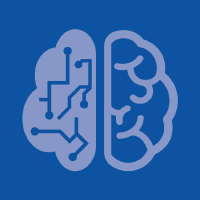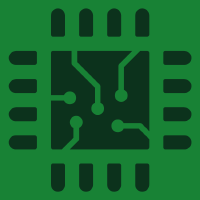Topic Editors


Theory and Applications of High Performance Computing

Topic Information
Dear Colleagues,
The performance of computing devices is an important topic in the context of global digitalization and the widespread introduction of digital data processing systems. The speed of devices does not keep pace with the growth of information that must be registered, stored, processed, and transmitted. The insufficient performance of computing devices is an important problem inherent in modern computer technologies. It is this characteristic of devices that is at the forefront of many areas of modern science and technology. The increase in computing speed is achieved using many different approaches based on parallelized computations, reducing the accuracy of representing and processing digital data, using non-traditional number systems, modifying existing computing blocks of hardware architectures, etc.
The subject of “Theory and Applications of High Performance Computing” is interdisciplinary in nature and offers articles on various theoretical and practical aspects, as well as practical applications using modern computer technologies.
The following topics are considered from the point of view of theoretical aspects, among others:
- The organization of computations using non-traditional number systems;
- High-speed data processing with reduced accuracy;
- Effective methods of parallel computing organization.
Consideration of the following issues is welcome from the point of view of practical aspects:
- Approaches to the implementation of digital data processing methods in modern specialized devices such as ASIC and FPGA;
- Architectures of data-processing units with reduced computational complexity.
Practical applications include:
- Systems for processing signals, images, and video data;
- High-performance devices for the registration of digital information;
- Highly parallel multiprocessor computing systems;
- Intelligent data-processing systems;
- Data-transmission systems.
Dr. Pavel Lyakhov
Dr. Maxim Deryabin
Topic Editors
Keywords
- high-speed data processing
- high-performance devices
- parallelized computing
- non-traditional number systems
- reduced accuracy
- signal processing
- image processing
- video processing
- ASIC
- FPGA
Participating Journals
| Journal Name | Impact Factor | CiteScore | Launched Year | First Decision (median) | APC | |
|---|---|---|---|---|---|---|

Electronics
|
2.9 | 4.7 | 2012 | 15.6 Days | CHF 2400 | Submit |

Applied Sciences
|
2.7 | 4.5 | 2011 | 16.9 Days | CHF 2400 | Submit |

Big Data and Cognitive Computing
|
3.7 | 4.9 | 2017 | 18.2 Days | CHF 1800 | Submit |

Mathematics
|
2.4 | 3.5 | 2013 | 16.9 Days | CHF 2600 | Submit |

Chips
|
- | - | 2022 | 15.0 days * | CHF 1000 | Submit |
* Median value for all MDPI journals in the second half of 2023.

MDPI Topics is cooperating with Preprints.org and has built a direct connection between MDPI journals and Preprints.org. Authors are encouraged to enjoy the benefits by posting a preprint at Preprints.org prior to publication:
- Immediately share your ideas ahead of publication and establish your research priority;
- Protect your idea from being stolen with this time-stamped preprint article;
- Enhance the exposure and impact of your research;
- Receive feedback from your peers in advance;
- Have it indexed in Web of Science (Preprint Citation Index), Google Scholar, Crossref, SHARE, PrePubMed, Scilit and Europe PMC.

